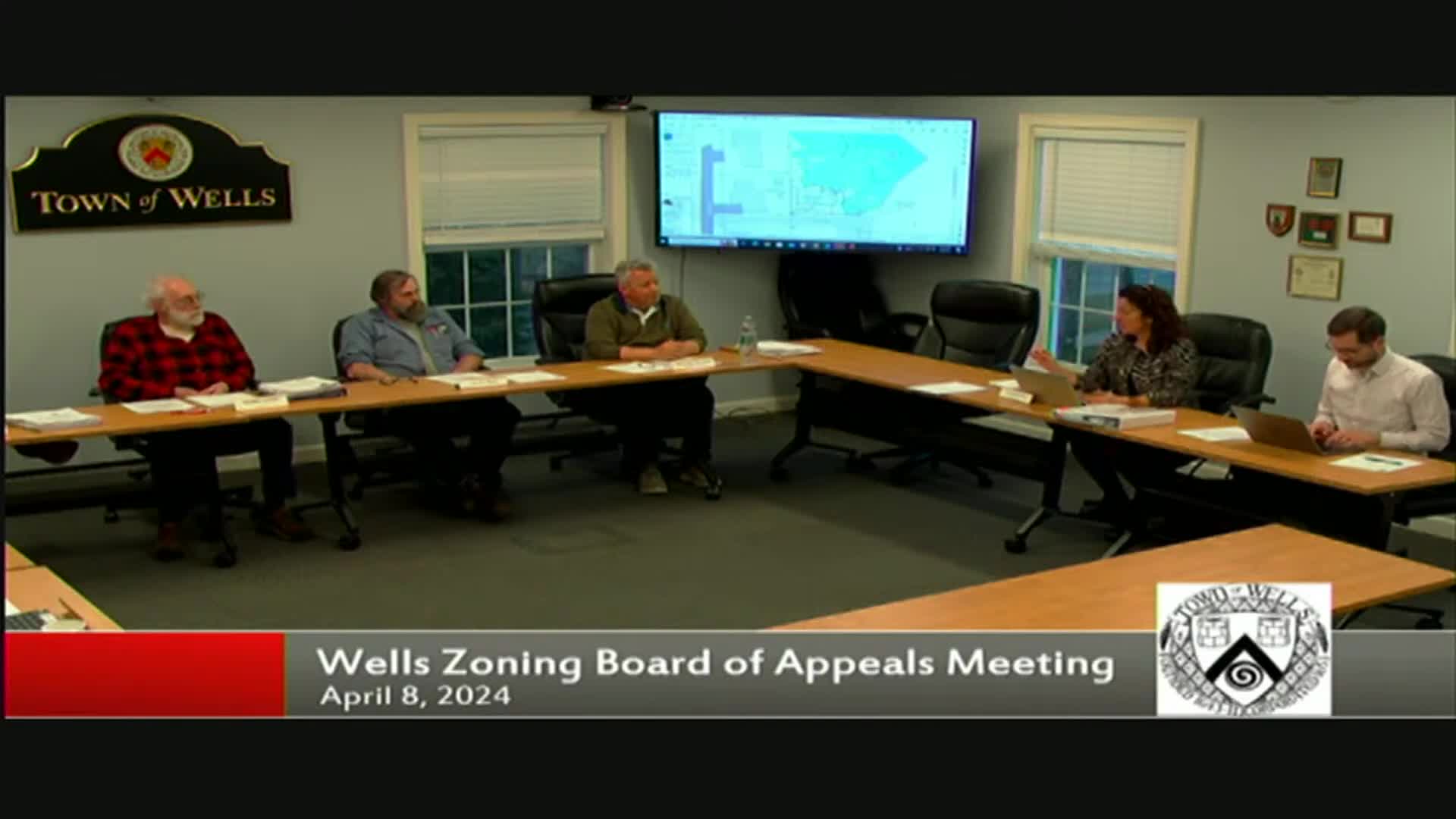Hastings counsel requests record reopening over setback calculation dispute

This article was created by AI summarizing key points discussed. AI makes mistakes, so for full details and context, please refer to the video of the full meeting. Please report any errors so we can fix them. Report an error »

The recent Zoning Board of Appeals meeting in Wells, Maine, held on April 8, 2024, highlighted significant discussions regarding setback calculations for proposed structures, a topic that has implications for local development and zoning regulations. The meeting revealed a consensus among board members that the code officer had made an error in the methodology used to determine the average setback for a specific case involving three structures within a 200-foot proximity.
The primary issue at hand was the calculation of the setback, which is crucial for determining whether a new structure can be built within the designated building envelope. The board noted that while two of the three structures had actual measurements provided, the third structure, which exceeded the standard 75-foot setback, relied on an imputed figure rather than an actual measurement. This discrepancy raised concerns about the accuracy of the setback calculations and their impact on the proposed development.
During the discussions, it became clear that the focus was primarily on the methodology rather than the specific figures involved. Two competing figures were presented: one party argued for an 85-foot setback, while another suggested a 97-foot setback. However, the board did not engage in substantial deliberation regarding which figure should be used, leading to a request from the attorney representing one of the parties to reopen the record for further discussion. This request underscores the critical nature of the setback figure, as it directly affects the feasibility of the proposed structure.
The implications of this meeting extend beyond the immediate case, as the outcome could set a precedent for future zoning decisions in Wells. The board's decision to revisit the methodology and the figures involved will be crucial in ensuring that zoning regulations are applied consistently and fairly. As the board prepares for its next steps, the community will be watching closely to see how these discussions unfold and what impact they may have on local development practices.
The primary issue at hand was the calculation of the setback, which is crucial for determining whether a new structure can be built within the designated building envelope. The board noted that while two of the three structures had actual measurements provided, the third structure, which exceeded the standard 75-foot setback, relied on an imputed figure rather than an actual measurement. This discrepancy raised concerns about the accuracy of the setback calculations and their impact on the proposed development.
During the discussions, it became clear that the focus was primarily on the methodology rather than the specific figures involved. Two competing figures were presented: one party argued for an 85-foot setback, while another suggested a 97-foot setback. However, the board did not engage in substantial deliberation regarding which figure should be used, leading to a request from the attorney representing one of the parties to reopen the record for further discussion. This request underscores the critical nature of the setback figure, as it directly affects the feasibility of the proposed structure.
The implications of this meeting extend beyond the immediate case, as the outcome could set a precedent for future zoning decisions in Wells. The board's decision to revisit the methodology and the figures involved will be crucial in ensuring that zoning regulations are applied consistently and fairly. As the board prepares for its next steps, the community will be watching closely to see how these discussions unfold and what impact they may have on local development practices.
View full meeting
This article is based on a recent meeting—watch the full video and explore the complete transcript for deeper insights into the discussion.
View full meeting